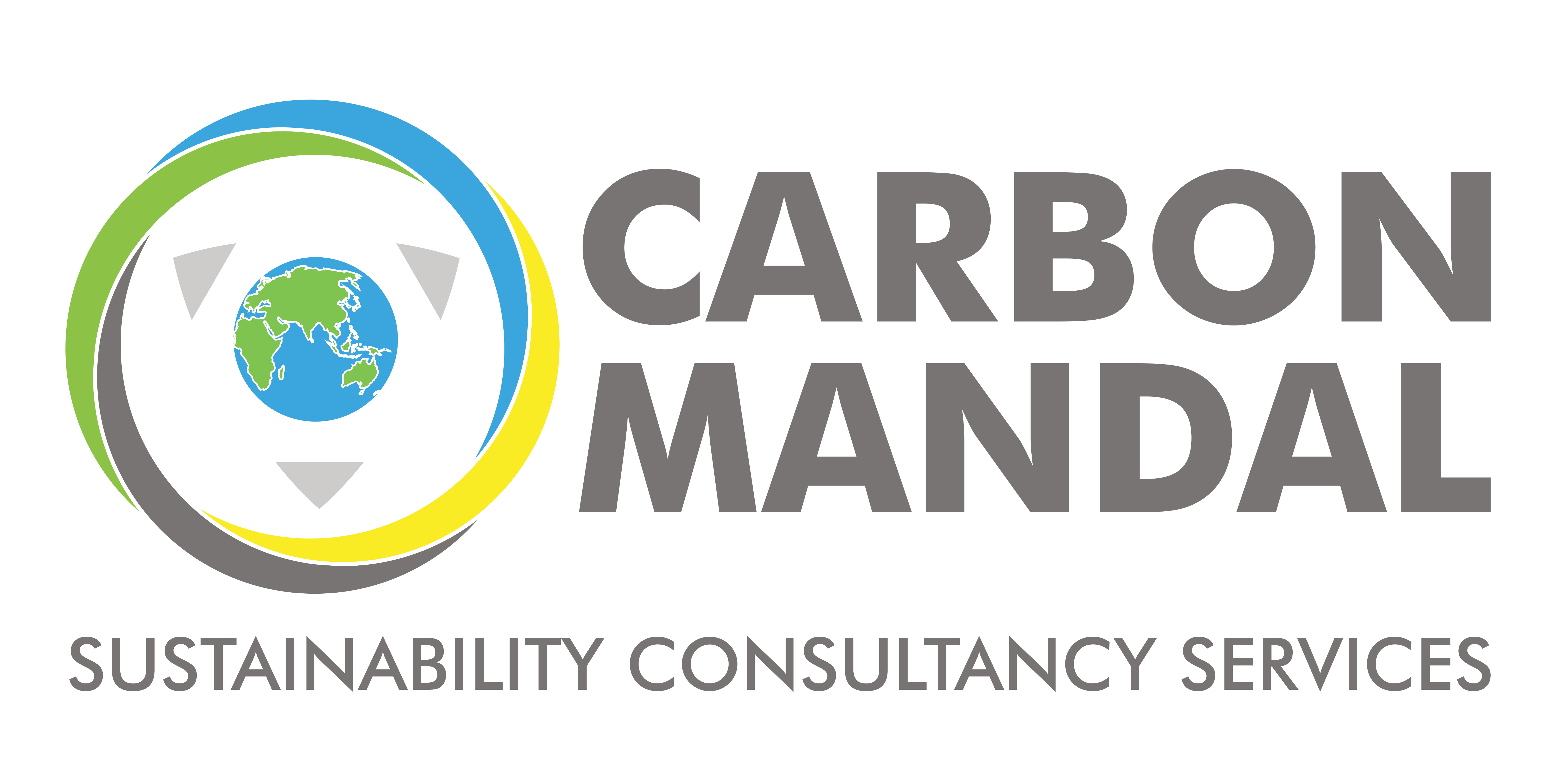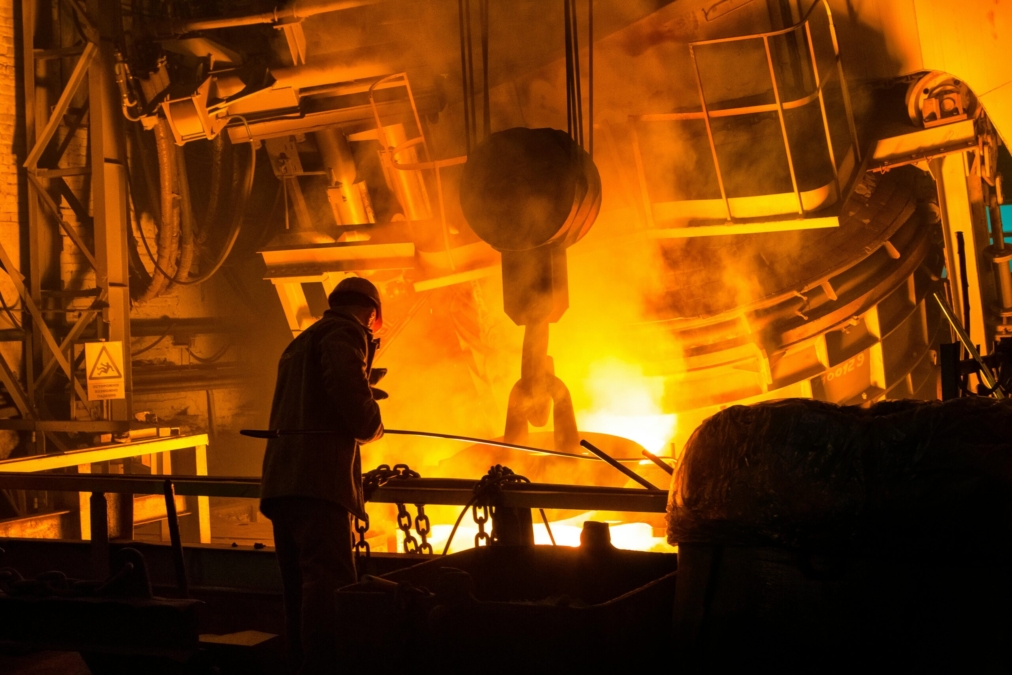Decarbonization of one of the major GHG emitting industries using technological innovations to reduce CO2 emissions
Decarbonization has become an imperative aspect of mitigating the effects of climate change. Industrial activities are responsible for 1/3rd of the greenhouse gas (GHG) emissions and among this sector, the Steel industry contributes around 9% of the total GHG emissions (Zhang, Jiao, Zhang, & Guo, 2021). A report by the World Steel Association states that in the year 2020, 1.89 tonnes of CO2 emission was contributed from each tonne of steel manufactured (World Steel Association, 2022). The rising values of GHG emissions are leading to climate change and are greatly affecting countries in the global south. India is no exception, the changing patterns of monsoon, reduced glaciers in the Himalayas and many more impacts are observed as a result of climate change (Mallett & Pal, 2022).
Steel is an integral input material in industries like construction, automobile manufacturing etc. The steel industry due to its high dependence on carbon-based technologies is considered a hard-to-abate sector in terms of sustainability due to its high requirement of energy and resources (Mallett & Pal, 2022). The steel industry in India contributes to nearly 2% of its GDP making it a significant sector in economic development (Sun, 2023). India being the second largest producer of steel is committed to decarbonization with a short-term focus on reducing carbon emissions by FY 2030 through the use of renewable energy and promoting energy and resource efficiency. The medium and long-term focus areas for 2047 and 2070 are utilising green hydrogen for steel manufacturing, Carbon capture utilisation & storage (CCUS) and alternative innovations which could assist in achieving the transition to net zero respectively (PIB Delhi, 2023).
Decarbonization Technologies for the Steel Industry
Before we dwell on the de-carbonization technologies for the steel industries, let us understand the key processes prevalent in the industry. The dominant processes for the production of steel are Blast furnace-basic oxygen furnace (BF-BOF), Direct reduced iron (DRI) and Electric arc furnace (EAF). BF-FOF involves reducing iron ore to pig iron in a blast furnace using coal products. The steel is then made from the hot iron which is charged to a basic oxygen furnace. The DRI process reduces solid iron ore by reacting at a temperature below the melting point. Coal or natural gas are the sources of reducing gas. DRI sponge iron requires additional processing, generally EAF. EAF uses an electric arc to heat charged pig iron, steel scraps or sponge iron with electricity (Fan & Friedmann, 2021).
Studies suggest that traditional energy-efficient measures can only reduce around 25-40% of average CO2 emission per tonne of crude steel produced. Hence, technologies like using hydrogen or biomass as reducing agents, and carbon capture utilization and storage (CCUS) are needed to further reduce the emissions (Muslemani, Liang, Kaesehage, Ascui, & Wilson, 2021). Production of green steel using direct hydrogen reduction involves reducing iron ore in a hydrogen-based shaft furnace and EAF is used to cast the reduced iron. Green hydrogen produced via electrolysis i.e., Hydrogen separated from oxygen in water using electric current and electricity required for electric arc casting should be from renewable resources to produce Green steel (Conejo, Birat, & Dutta, 2020). Tata Steel recently initiated the use of hydrogen in their blast furnace and JSW Steel has plans to commission a green hydrogen-based steel plant by 2025. Another innovation is the usage of biomass integrated with blast furnace-basic oxygen furnace. The biomass could be used as a replacement for fossil fuels at the coke-making stage, sintering process or directly in blast furnaces. A study estimated that the use of biomass could reduce around 58% of CO2 emissions (Mandova et al., 2018).
India – A Potential Green Steel Leader
Decarbonization technologies have the potential to impact the emission trajectories significantly and could help in mitigating the higher costs of climate change. The steel manufacturing sector is on the threshold of change with new innovations like green hydrogen and India, one of the top steel producers, has the potential to be a green steel leader. Several industries have already begun initiatives to produce green steel and with the support of regulatory authorities, the green steel industry would develop successfully. Decarbonizing technology to produce green steel with less greenhouse gas production would build a cleaner production roadmap for the steel industry.
Learn how India, a major steel producer, is poised to become a global leader in green steel production and how you can contribute to this transformative journey by contacting Carbon Mandal. Take action now to support green steel initiatives and advocate for regulatory support that will accelerate the transition to cleaner and more sustainable steel production.
References
- Zhang, X., Jiao, K., Zhang, J., & Guo, Z. (2021). A review on low carbon emissions projects of the steel industry in the world. Journal of Cleaner Production, 306, 127259. doi:10.1016/j.jclepro.2021.127259
- Mallett, A., & Pal, P. (2022). Green transformation in the iron and steel industry in India: Rethinking patterns of innovation. Energy Strategy Reviews, 44, 100968. doi:10.1016/j.esr.2022.100968
- https://pib.gov.in/PressReleaseIframePage.aspx?PRID=1944386
- Sun, S. (2023). Topic: Steel industry in India. Retrieved from https://www.statista.com/topics/5585/steel-industry-in-india/#topicOverview
- World Steel Association, A. (2022). Retrieved from https://worldsteel.org/publications/policy-papers/climate-change-policy-paper/
- Fan, Z., & Friedmann, S. J. (2021). Low-carbon production of iron and Steel: Technology Options, Economic Assessment, and policy. Joule, 5(4), 829–862. doi:10.1016/j.joule.2021.02.018
- Muslemani, H., Liang, X., Kaesehage, K., Ascui, F., & Wilson, J. (2021). Opportunities and challenges for decarbonizing steel production by creating markets for ‘green steel’ products. Journal of Cleaner Production, 315, 128127. doi:10.1016/j.jclepro.2021.128127
- Conejo, A. N., Birat, J.-P., & Dutta, A. (2020). A review of the current environmental challenges of the steel industry and its value chain. Journal of Environmental Management, 259, 109782. doi:10.1016/j.jenvman.2019.109782
- Mandova, H., Gale, W. F., Williams, A., Heyes, A. L., Hodgson, P., & Miah, K. H. (2018). Global assessment of biomass suitability for ironmaking – opportunities for co-location of sustainable biomass, iron and steel production and supportive policies. Sustainable Energy Technologies and Assessments, 27, 23–39. doi:10.1016/j.seta.2018.03.001

